
With the rise in consumerism and emergence of digitalization, the market for consumer electronics and appliances in Indonesia has experienced steady growth in the past few decades. This is in large part due to the fact that Indonesian youth are adopting today’s technology-driven lifestyle. According to analysts at Technavio, the consumer electronics and appliances market, which was valued at $26.41 billion in 2015, will reach $42.94 billion by 2020, growing at a CAGR of 10.21%.
Top vendors in the Consumer Electronics and Appliances Market in Indonesia
ACE Hardware
Established in 1995, ACE Hardware is a subsidiary company of PT. Kawan Lama Sejahtera. One of the leading home improvement and lifestyle companies in Indonesia, ACE sells more than 80,000 products, including washing machines, dishwashers, iron, rice cookers and refrigerators. In February, the company announced a partnership with 3M Indonesia to enrich the product variety of household appliances.
Erajaya
One of the most trusted Indonesian consumer electronics companies, Erajaya Group focuses on the distribution and retail of mobile telecommunications equipment. Erafone Megastore, Erafone Gadget Store, iBox and AndroidNation are some of brands under which the company operates its retail stores. In 2015, Erajaya built an e-commerce infrastructure for Xioami in Indonesia.
Trikomsel Oke
Apart from retail distribution of telecommunication products, Trikomsel Oke engages in the marketing of computers, multimedia devices, accessories, and spare parts. Trikomsel Oke has partnered with Lenovo for the sale of Lenovo products in online and offline.
Electronic City Indonesia
Electronic City Indonesia defines itself as “the first modern and convenience concept store, specialized in selling middle-up brand electronic goods.” Established in 2001, the company has 70 stores spread across Bali, Java, Kalimantan, Sumatera, and Sulawesi.
Matahari Putra Prima (Hypermart)
Incorporated in 1986, Matahari Putra Prima is headquartered in Tangerang, Indonesia. The company, along with its subsidiaries, operates retail stores like Hypermarts, Foodmart Primo/Fresh stores, SmartClub, FMX stores, and Boston health and beauty format stores in Indonesia.
Lazada
Part of the Lazada Group, Lazada Indonesia is the leading online shopping destination in Southeast Asia. Lazada Group has operations in Indonesia, Malaysia, Philippines, Singapore, Thailand and Vietnam. Founded in 2012, the ecommerce site provides a wide range of household and electronic appliances.
Best Denki
Japan’s largest electricals and electronics retailer, Best Denki is a prominent consumer electronics and appliances vendor in Indonesia. Apart from Japan and Indonesia, the company has retail outlets across Singapore, Taiwan, Malaysia, and Kuwait.
Alfamart
Founded in 1999, Alfamart operates a network of departmental stores spread across Indonesia. These stores sell a wide variety of products including food, groceries, and electronics. It is also one of the largest employers in the country.
AliExpress (Alibaba)
Leading Chinese ecommerce website Aliexpress is known for its B2B, B2C and C2C sales. The ecommerce giant sells products from some of the best brands in the world.
PT. Electronic Solution Indonesia
Founded in 2005, PT. Electronic Solution is headquartered in Jakarta Pusat and provides electronic appliance retail services through its stores as well as online. As of May 7, 2015, it operates as a subsidiary of PT Sumber Electrindo Makmur.
PT AGIS Tbk
Founded in 1981, PT AGIS Tbk is a fully-integrated consumer electronics company. It focuses on the distribution and retail sale of home appliances, consumer electronics, computing and multimedia devices, and telecommunication products and services, after-sale services, multimedia services, and natural resources.

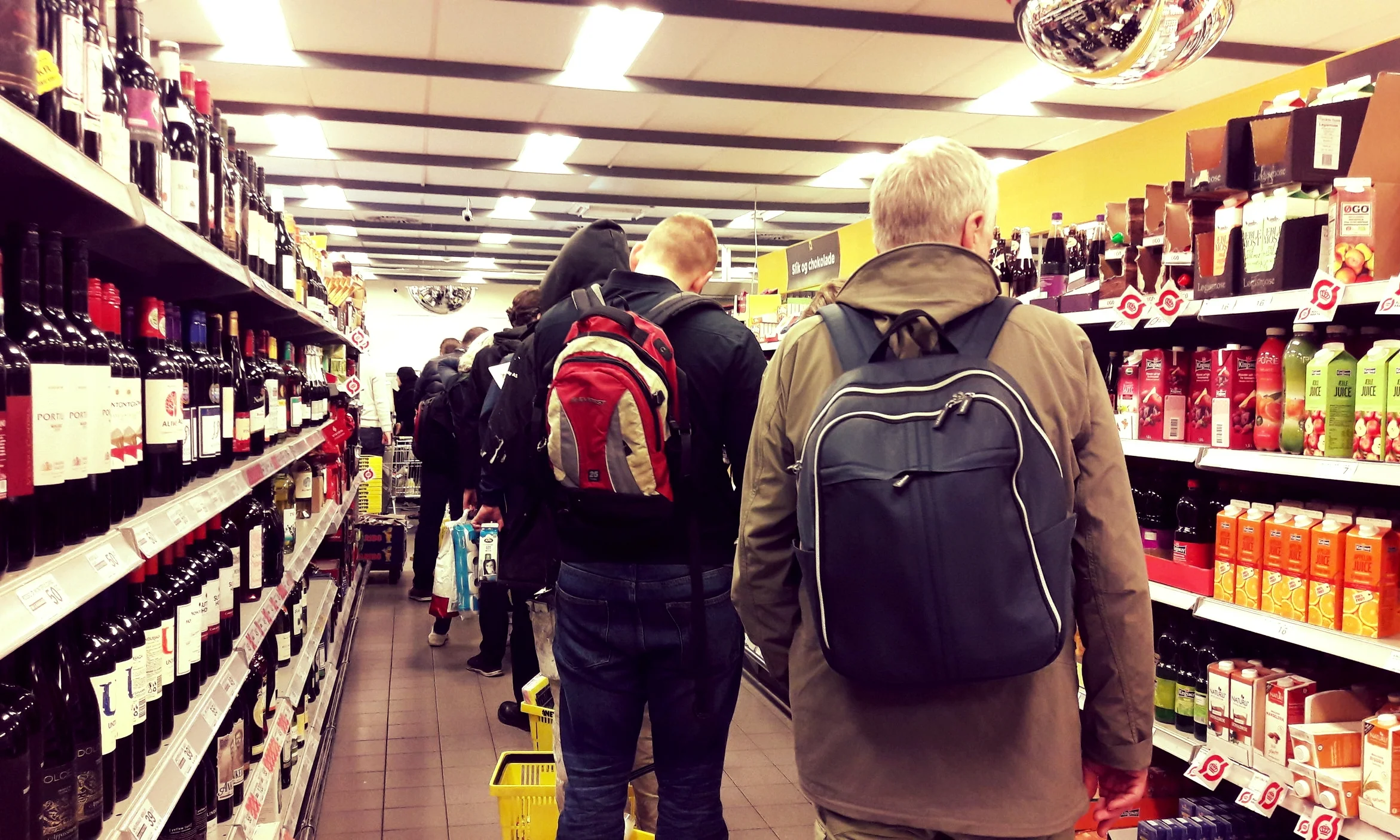

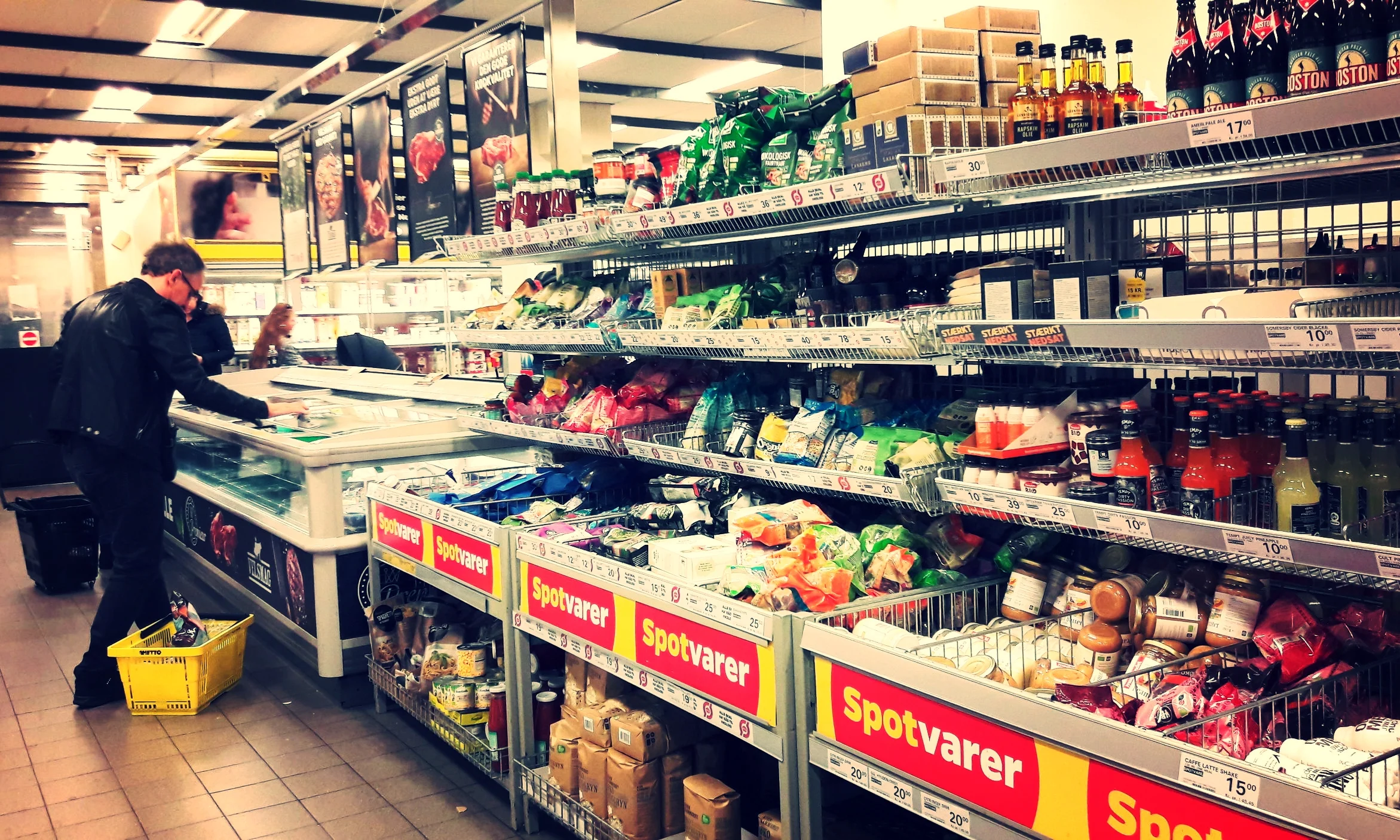

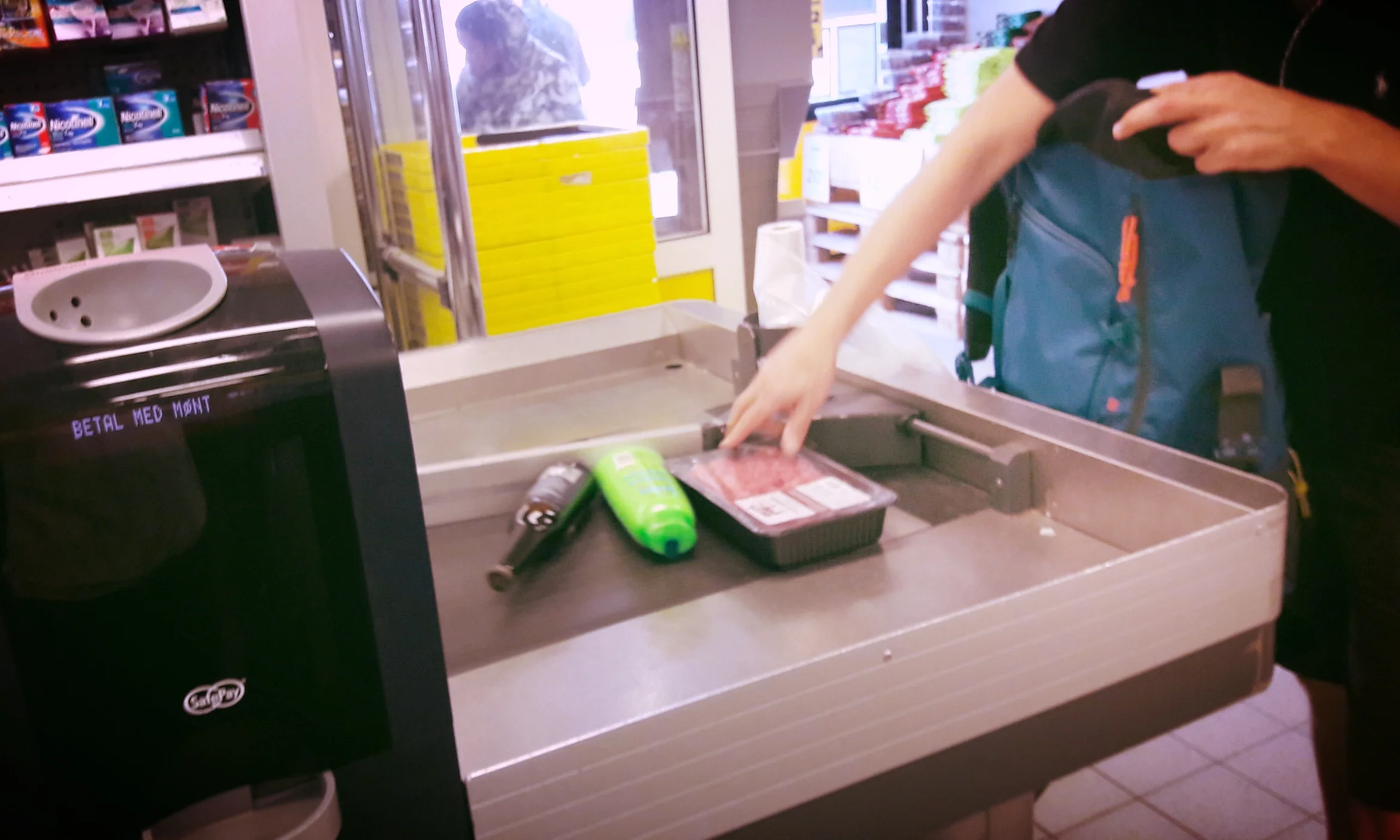




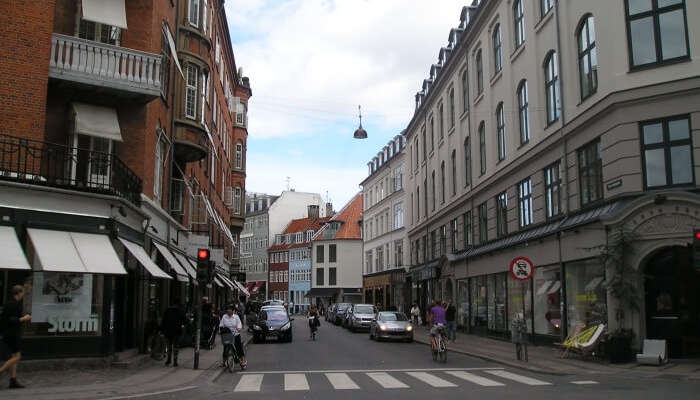

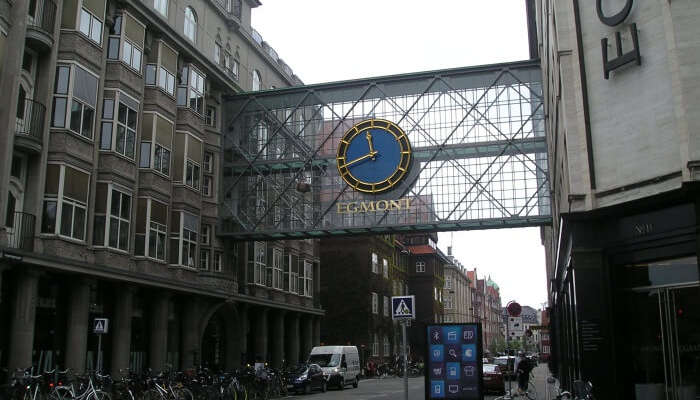
 Germans love to shop. In fact, you might say it's a national pastime, which is a good thing because it makes finding anything you need easy.
Germans love to shop. In fact, you might say it's a national pastime, which is a good thing because it makes finding anything you need easy. The medieval, walled city of Rothenburg is always worth a visit, especially as it is home to the "mother of all Christmas stores," Käthe Wohlfahrt's. Visitors to the store should allow time to take in the German National Christmas Museum, directly above the main shop.
The medieval, walled city of Rothenburg is always worth a visit, especially as it is home to the "mother of all Christmas stores," Käthe Wohlfahrt's. Visitors to the store should allow time to take in the German National Christmas Museum, directly above the main shop.